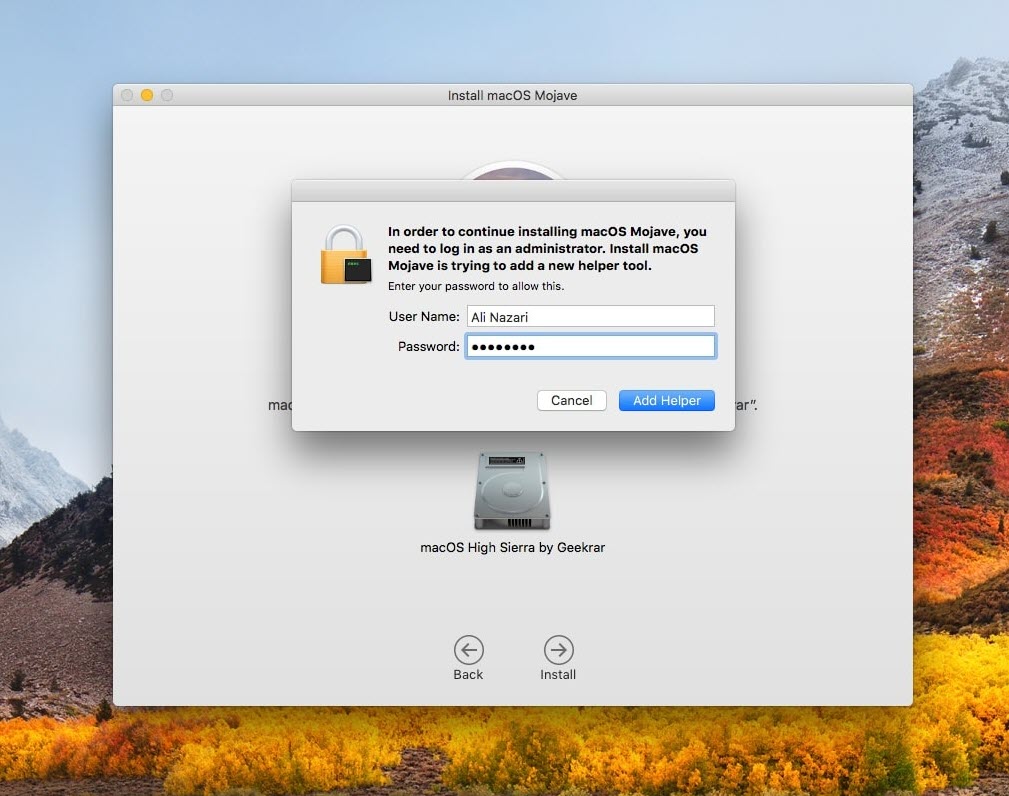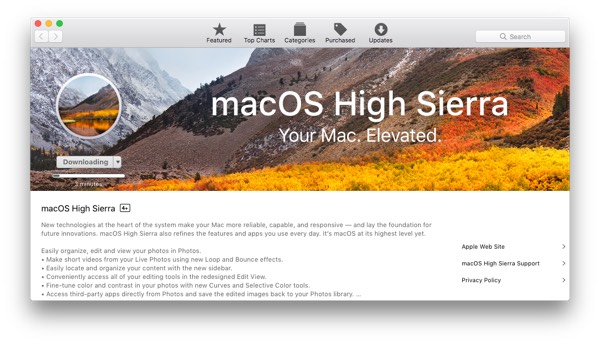

APFS is much smarter (and faster) at flash storage than HFS+ could be.īut changing the filesystem has ramifications for compatibility. Most important, perhaps, is that APFS is a filesystem written for an era of flash-storage devices, rather than spinning disks. APFS makes duplicating files in the Finder nearly instantaneous… by pointing at the existing copy of the file data on disk until you modify it, at which point the new file is written to disk. Snapshot and revision features have the potential to make Time Machine (and other backup software) far more efficient someday. Partition management is much easier in APFS, and disk partitions can share space, so you don’t have to lock your partitions into specific sizes. In the long run APFS has huge potential to make the Mac better. (Users of spinning discs and Fusion Drives will remain on HFS+.)

With this release, all Macs with flash-only internal storage will have those drives upgraded to Apple’s new filesystem format. The single biggest change in High Sierra is implementation of the new Apple File System (APFS). By default, Apple’s most recent iOS devices begin taking pictures and videos in entirely new file formats when they’re updated to iOS 11-and if you want full compatibility with Photos and iCloud Photo Library, you’ll either need to update your Mac to High Sierra or change a setting on all your iOS 11 devices in order to force the devices to revert to the old file formats. In fact, the biggest user change in High Sierra is probably Photos, which gets some major interface changes and file-compatibility features. But in terms of major new features that will transform your everyday Mac experience, there just isn’t much. High Sierra is truly a follow-on release to Sierra that offers a bunch of under-the-hood changes that will impact the Mac experience for developers today and for users in a while. (Snow Leopards do not actually live in the high Sierras, for the record.)

But today’s release of macOS 10.13 High Sierra is the most Snow Leopardy of any macOS release in the last eight years. Apple has tried this same technique with other half-step updates in the past few years-Mountain Lion followed Lion and El Capitan followed Yosemite. In the end, Snow Leopard did offer a bunch of user-interface changes (if you knew where to look), but it was definitely more about laying a new foundation. It was the follow-up release to Mac OS X Leopard, and as Apple explained at the time, the focus was on under-the-hood improvements that would lead to a better, brighter future for the Mac, but be largely invisible to the upgrading user. If you were a Mac user eight years ago you may remember Snow Leopard. MacOS High Sierra: A mostly under-the-hood update


 0 kommentar(er)
0 kommentar(er)
